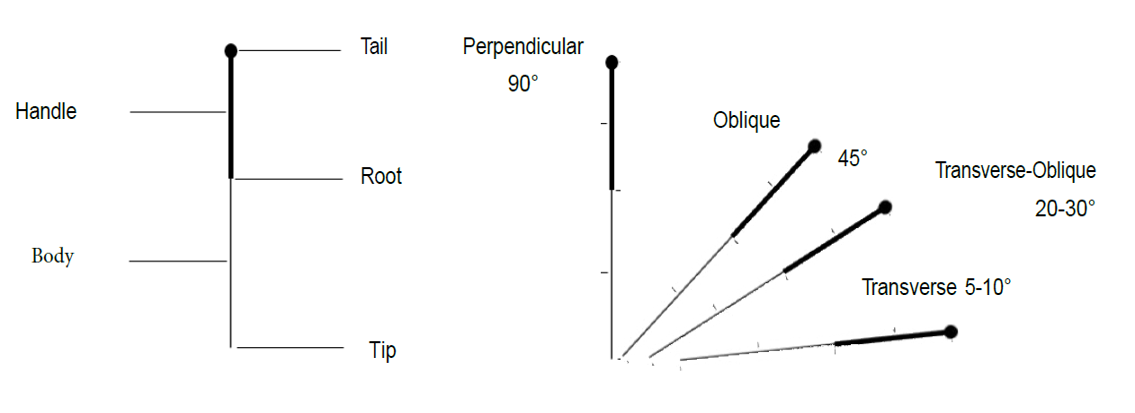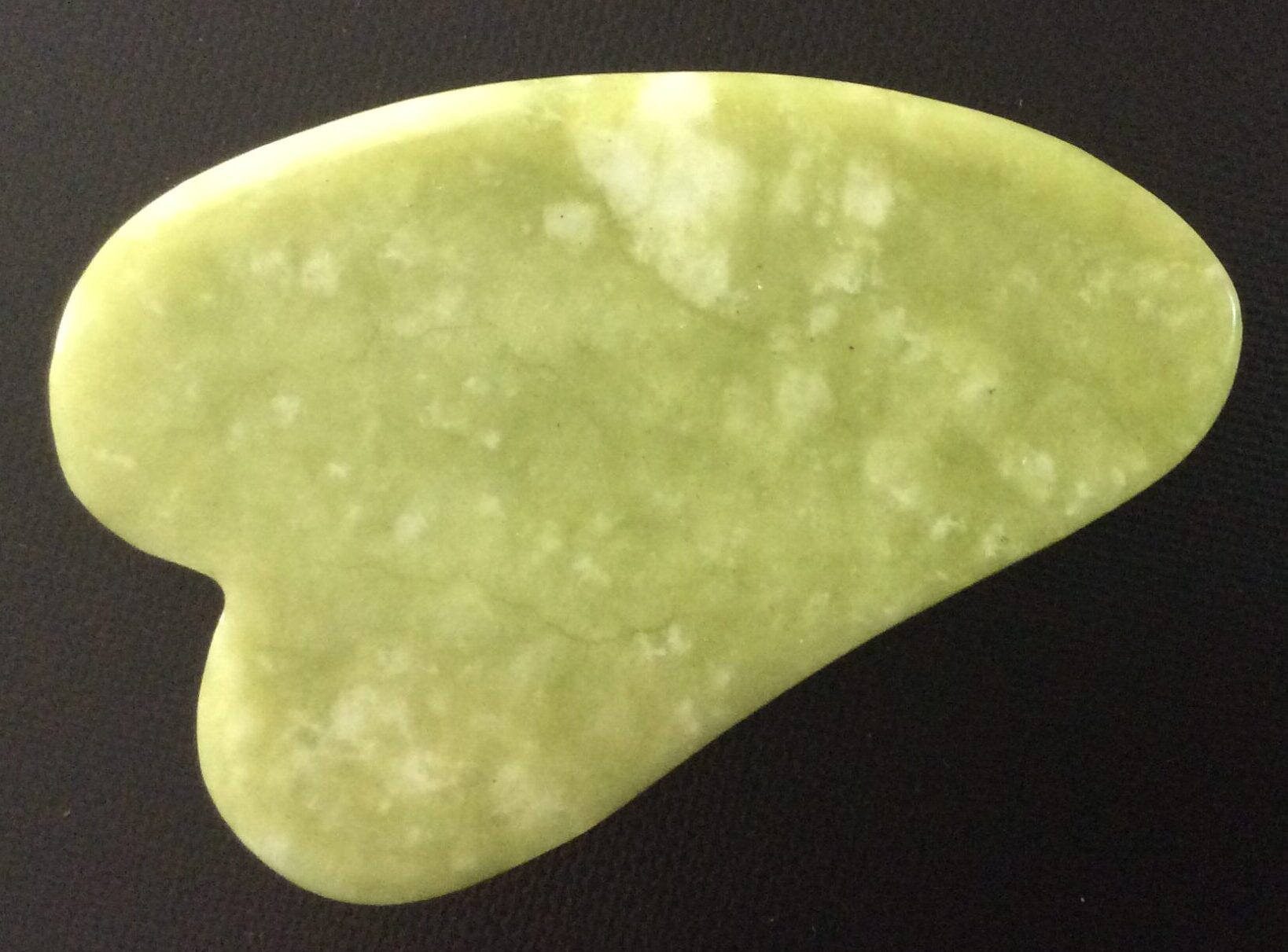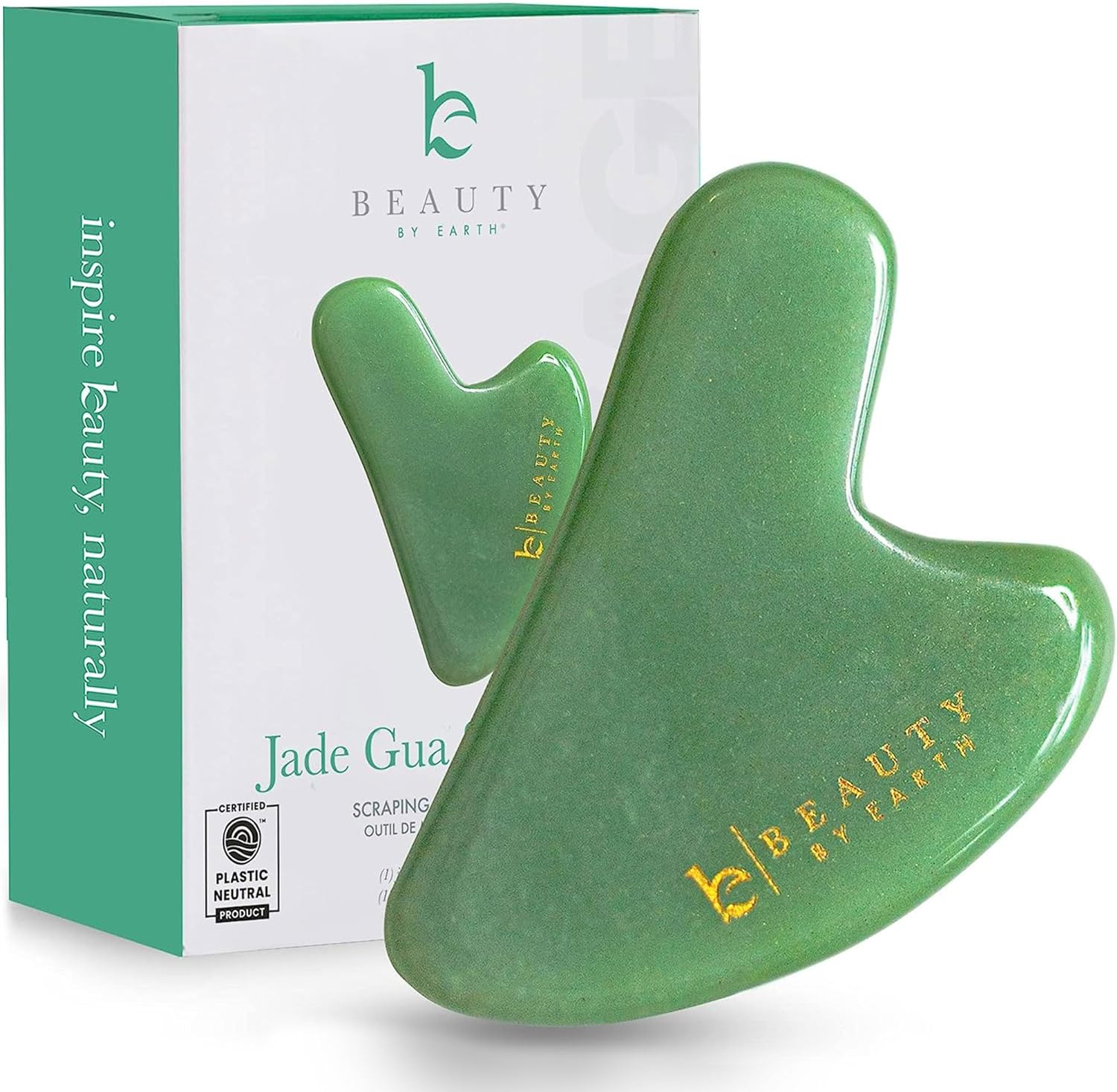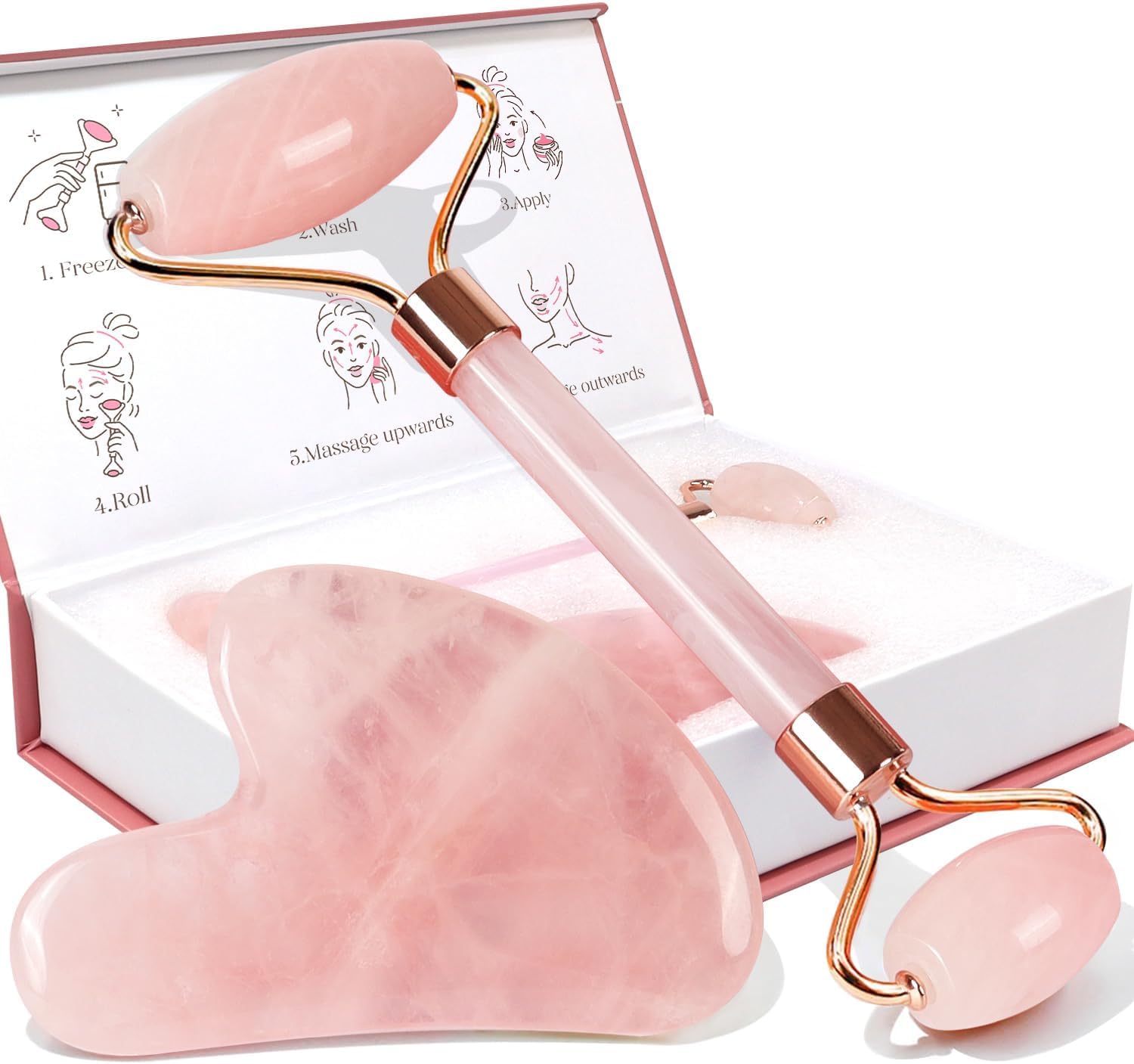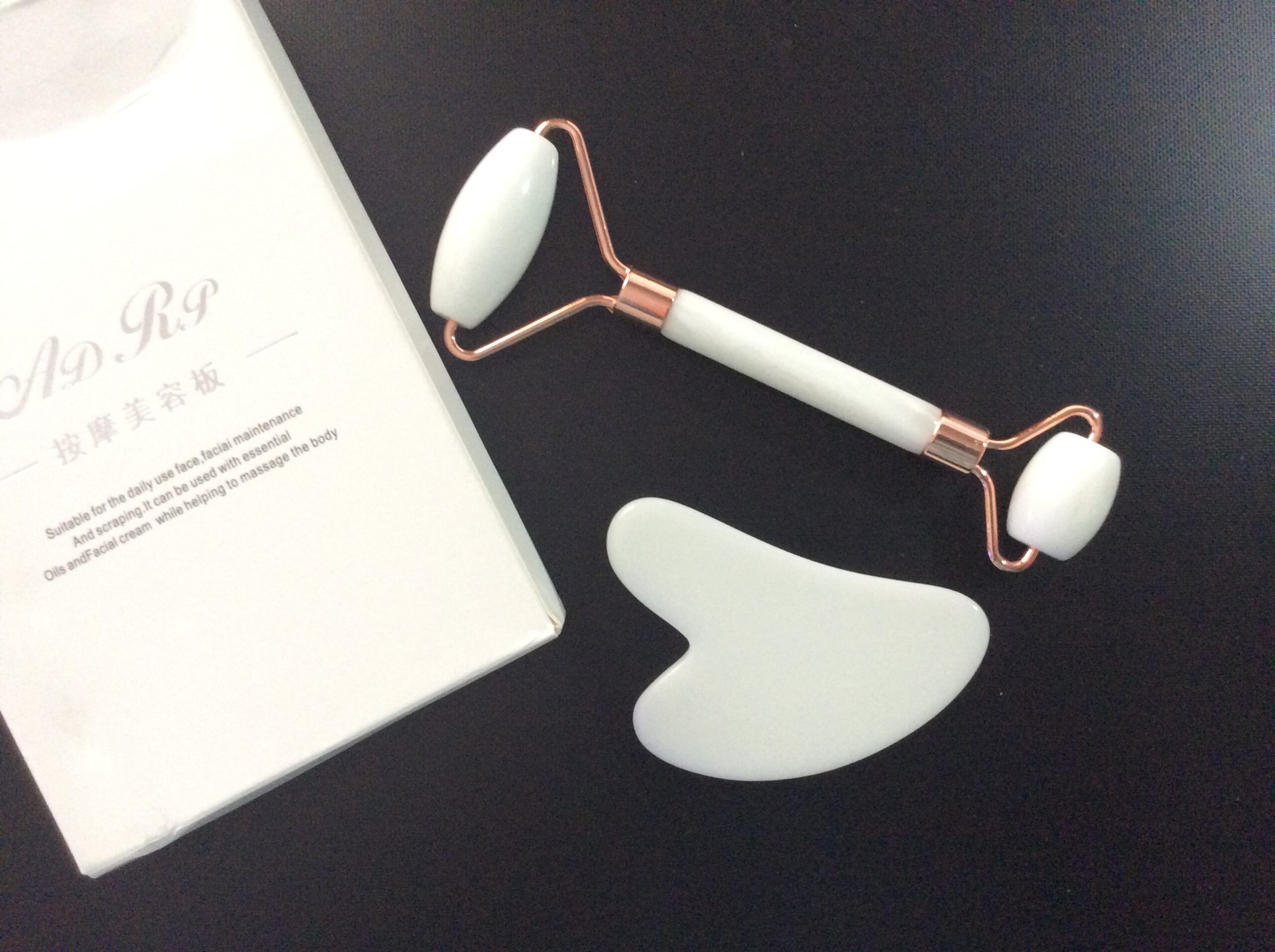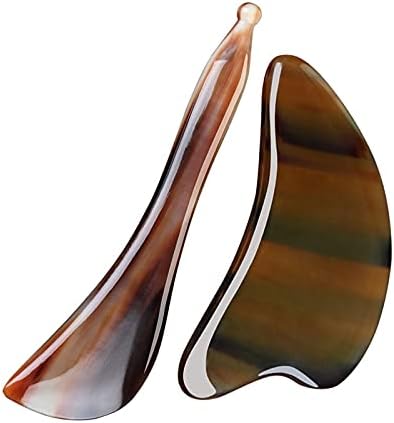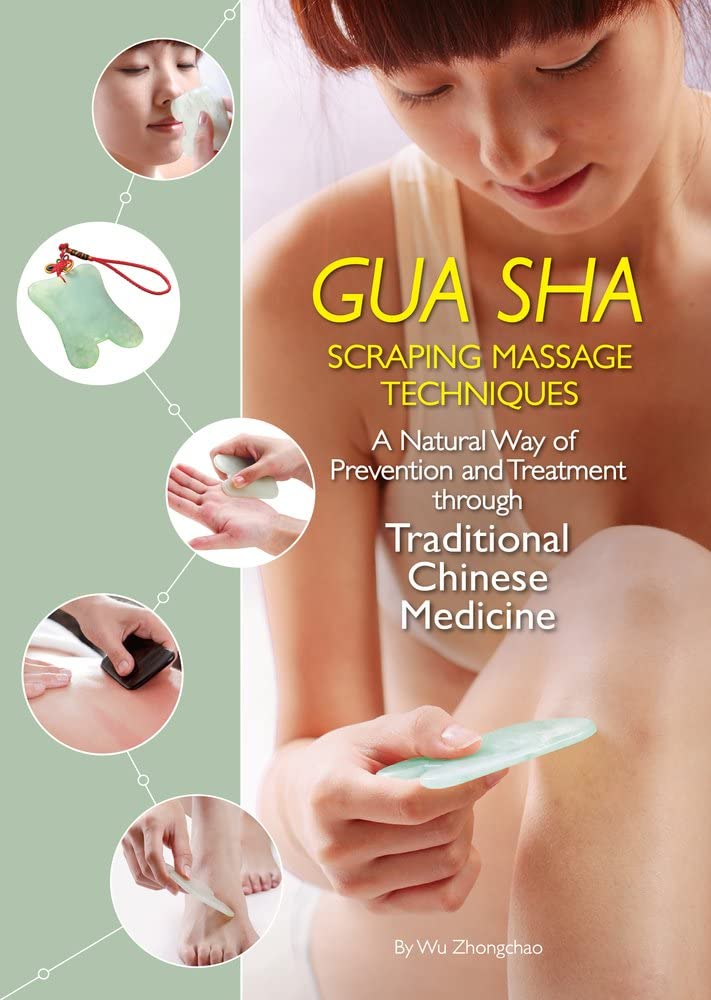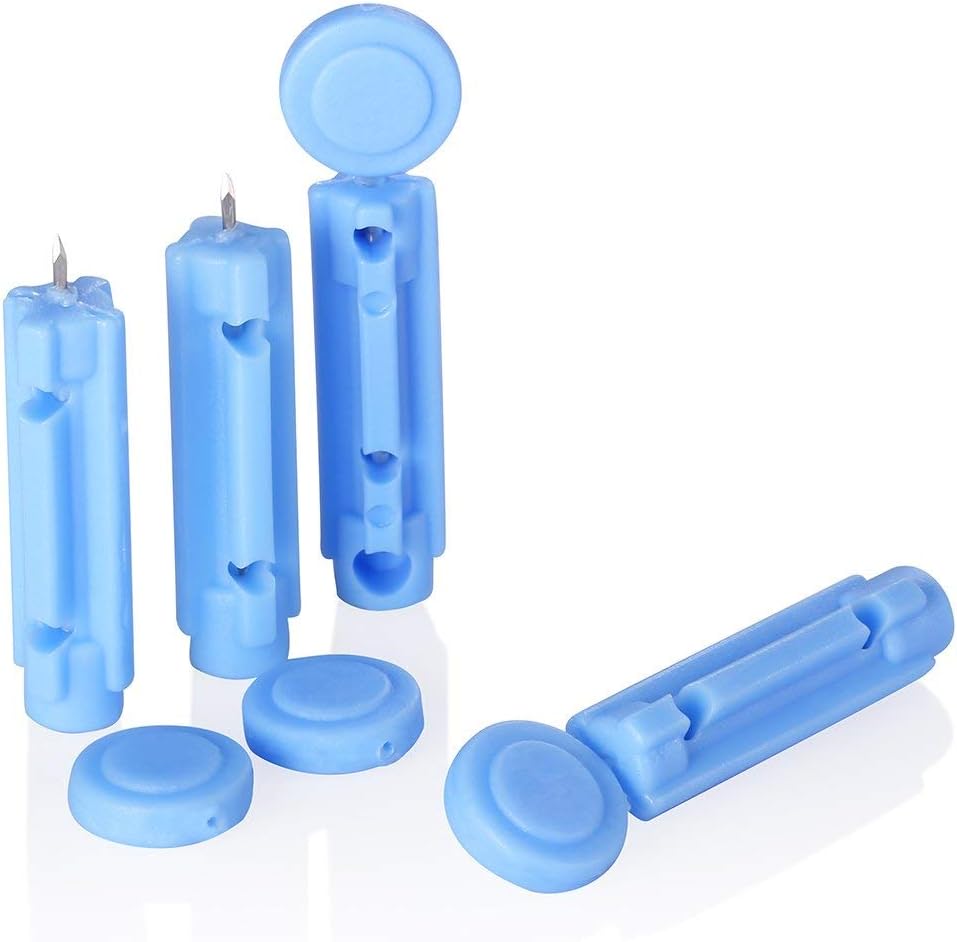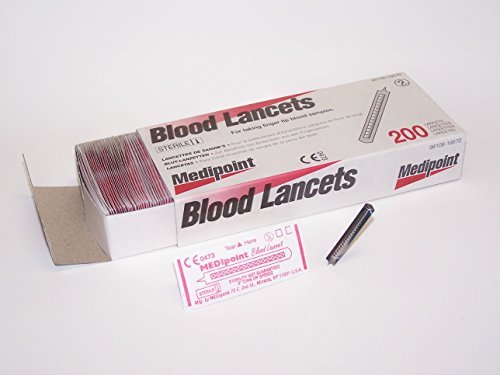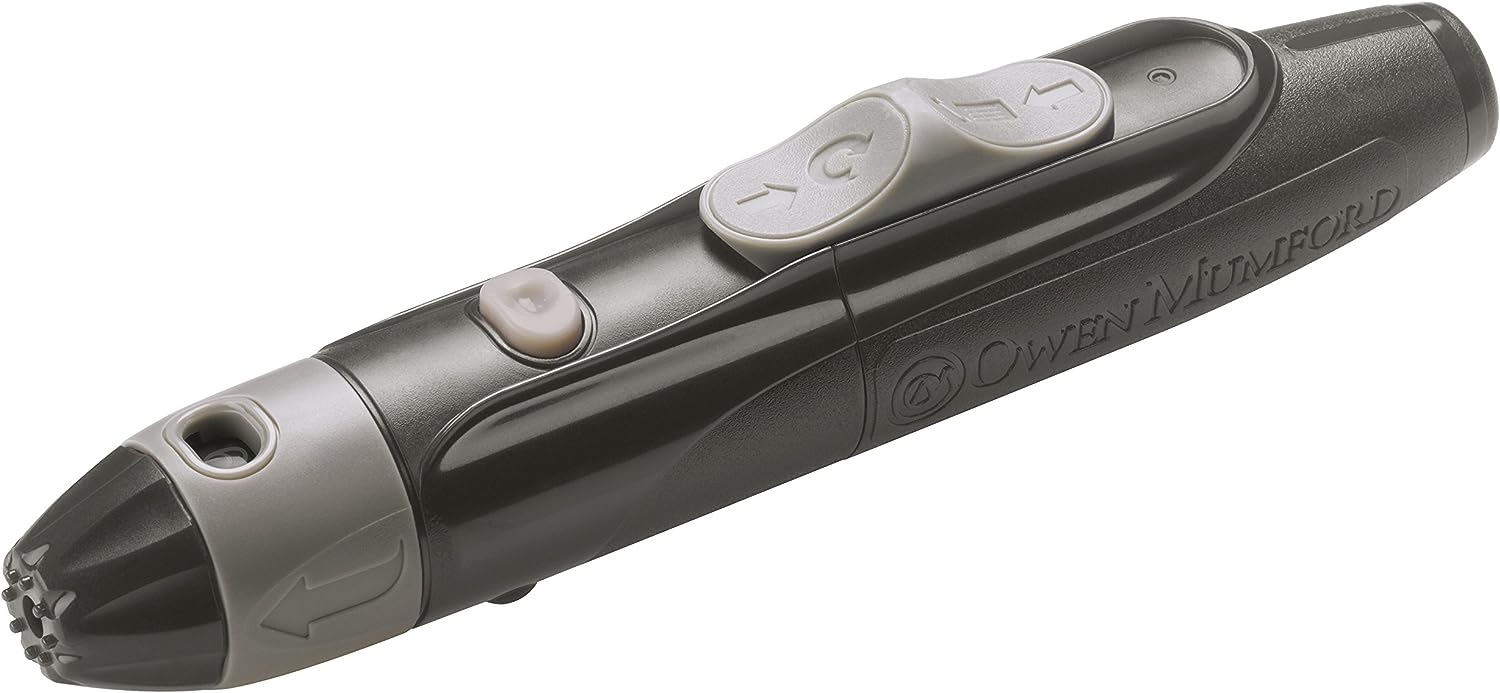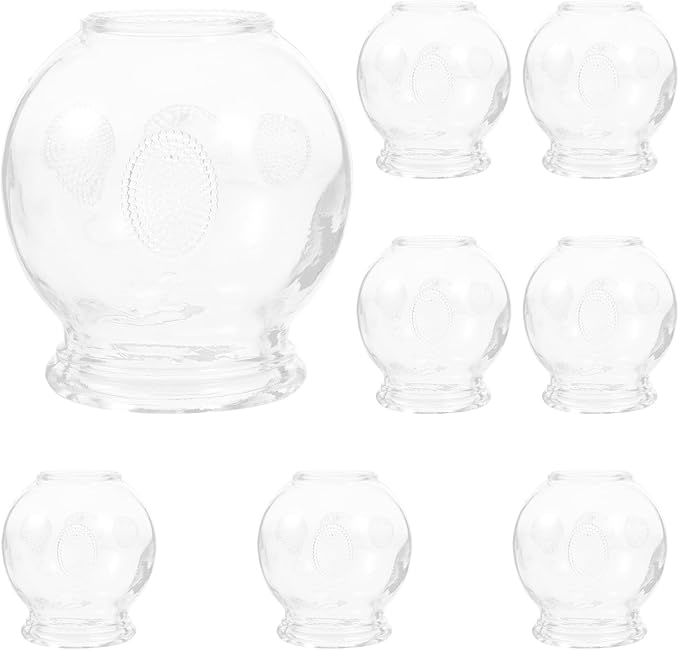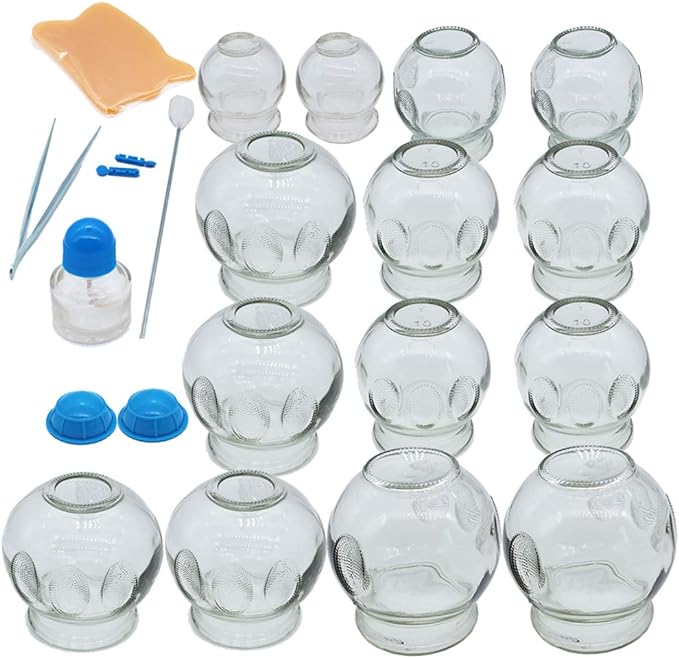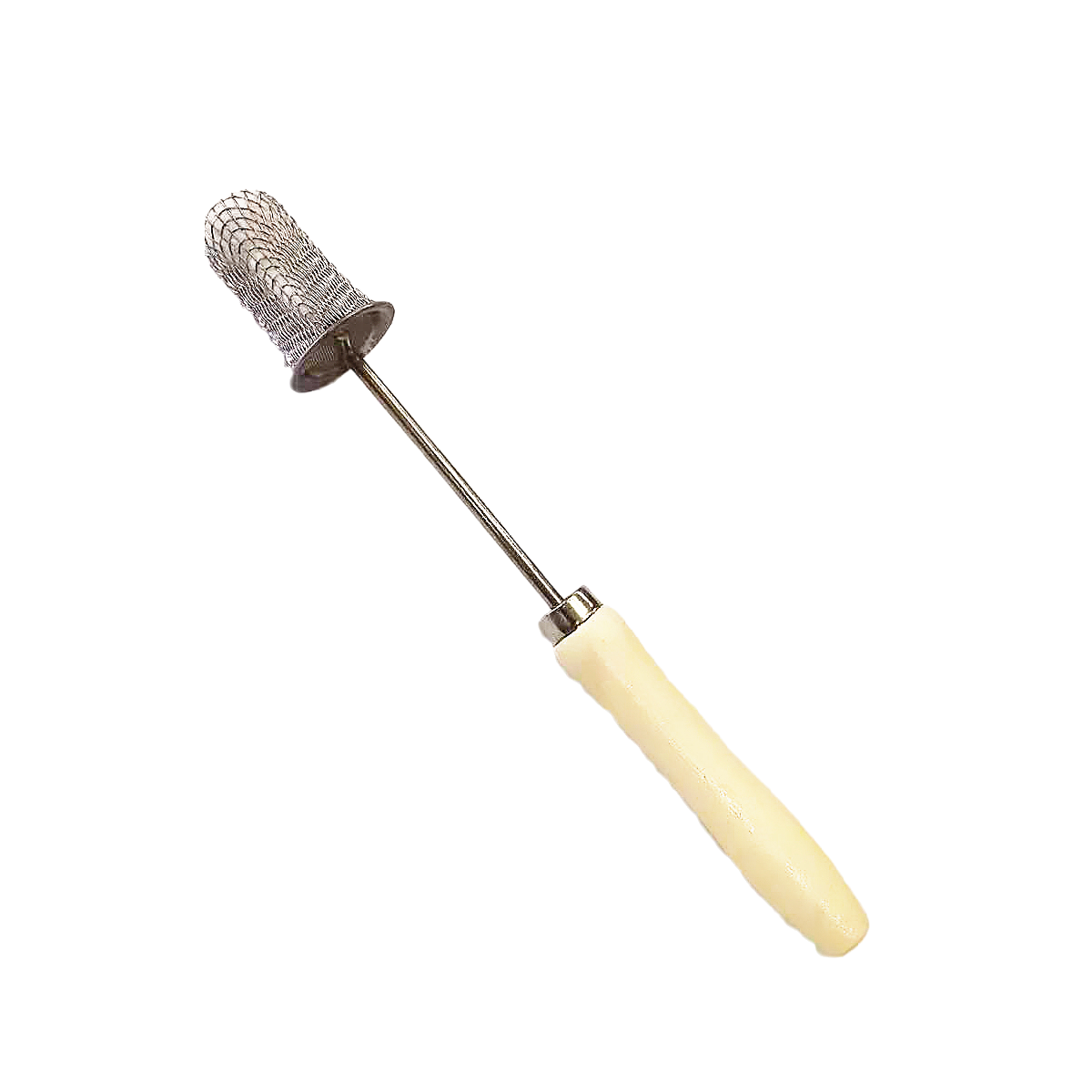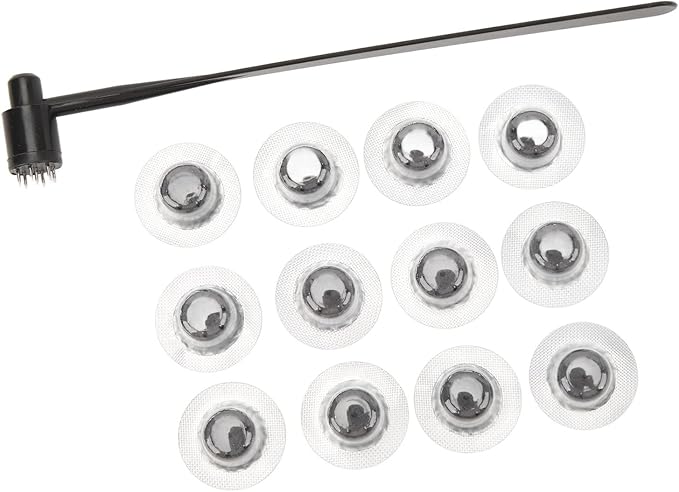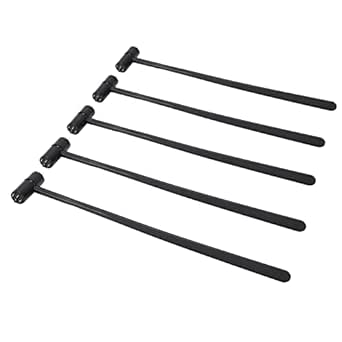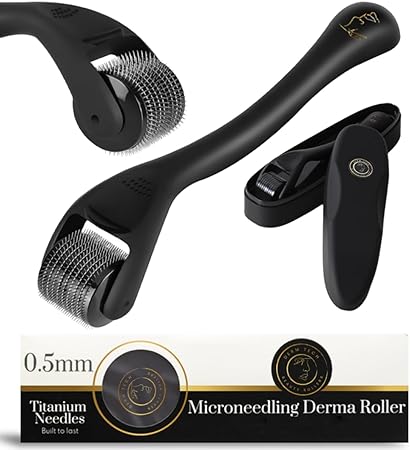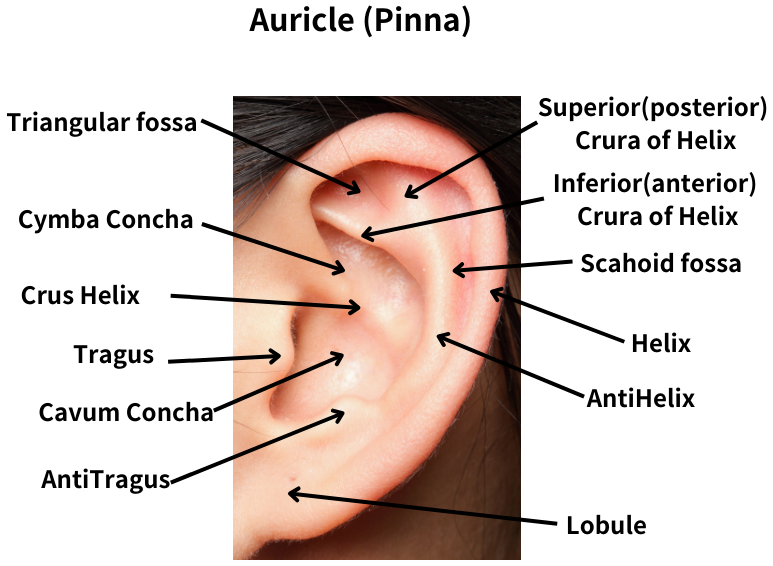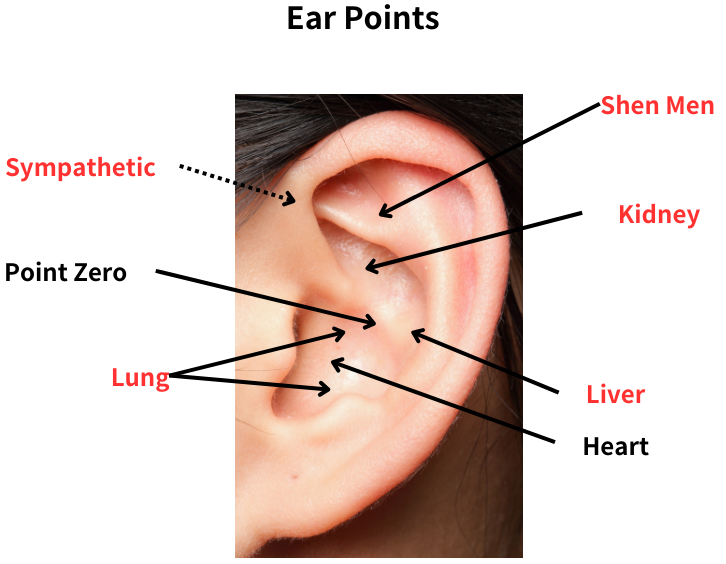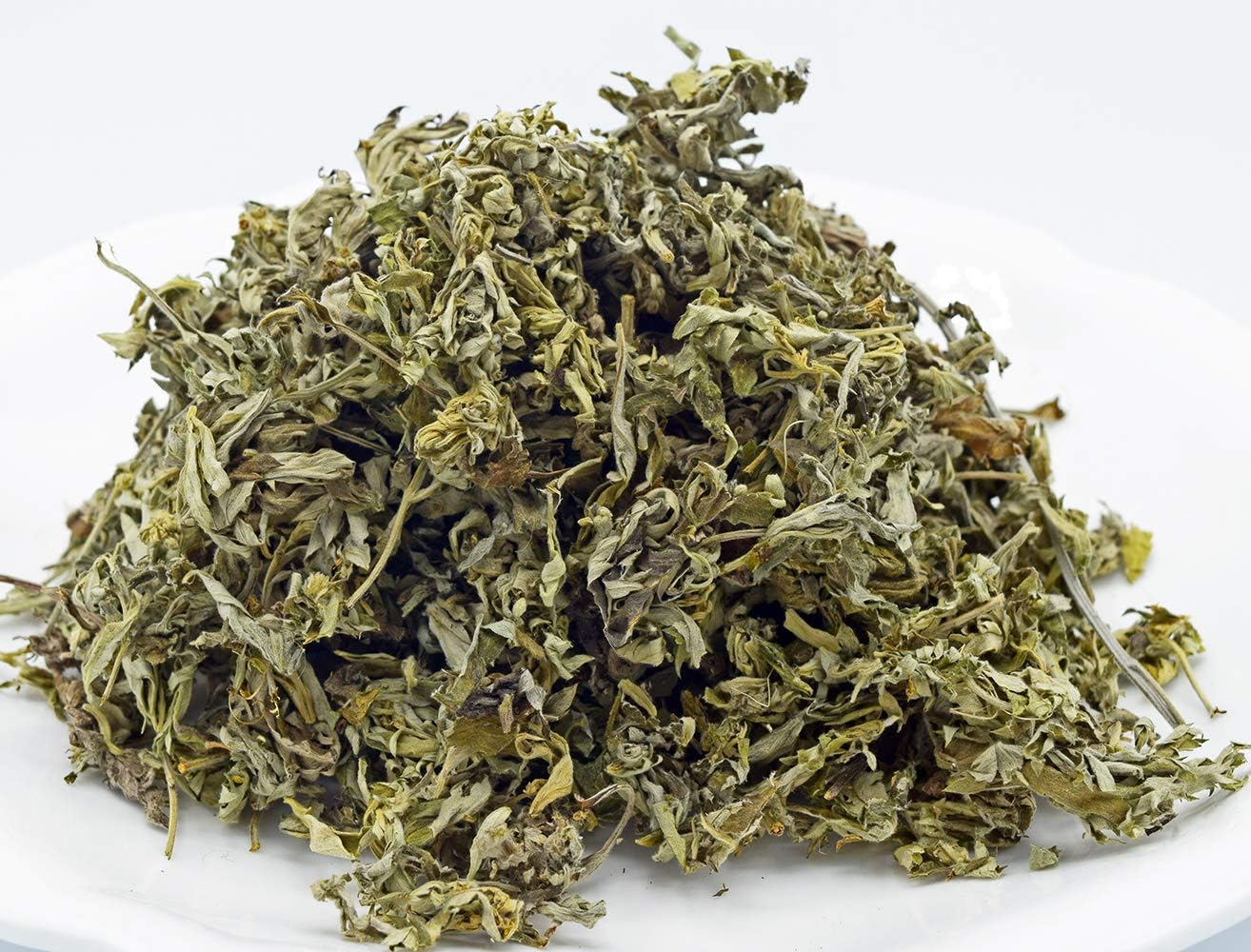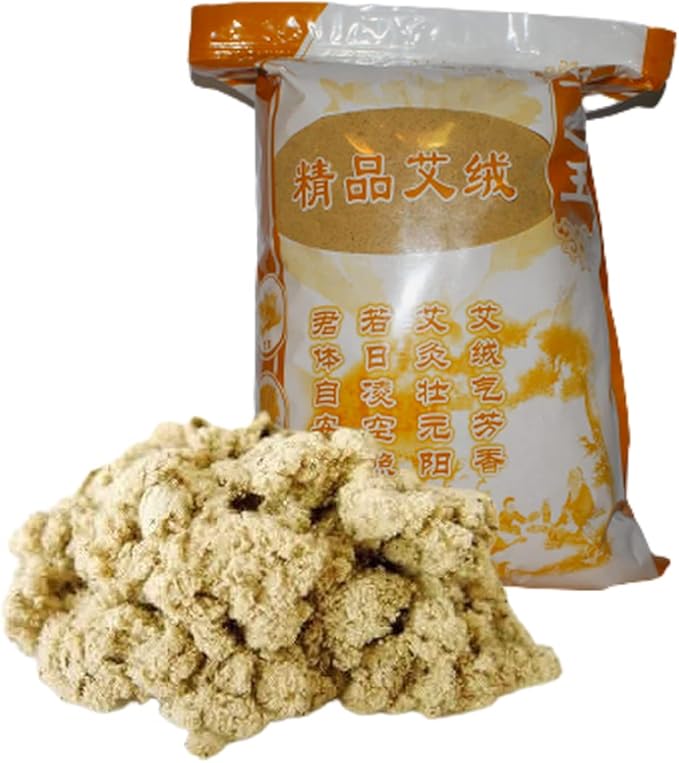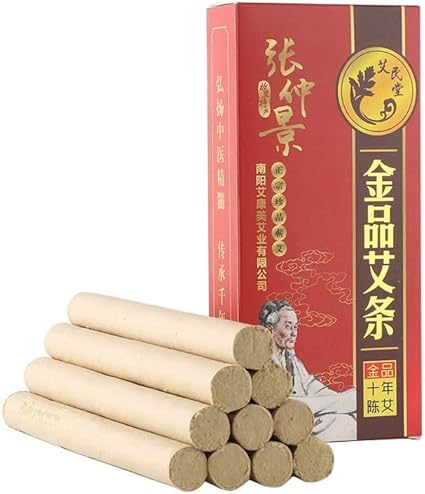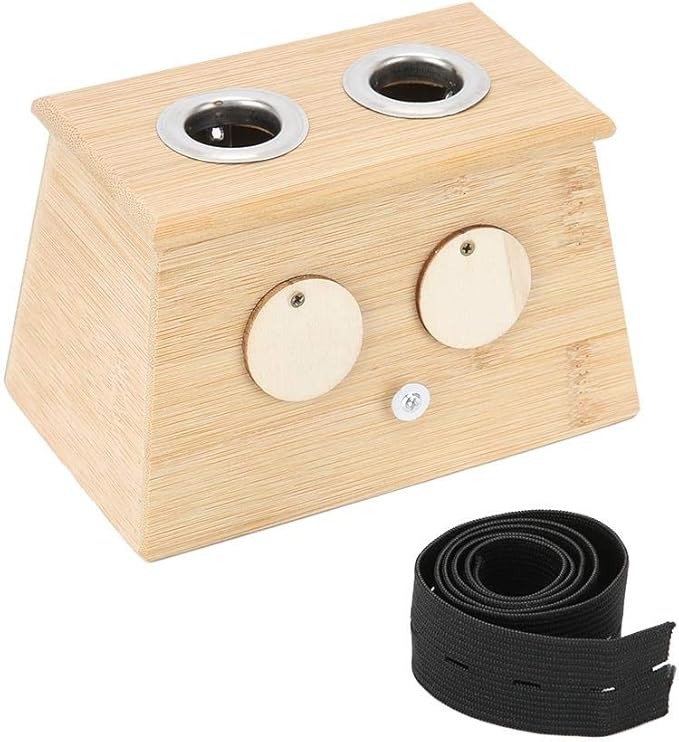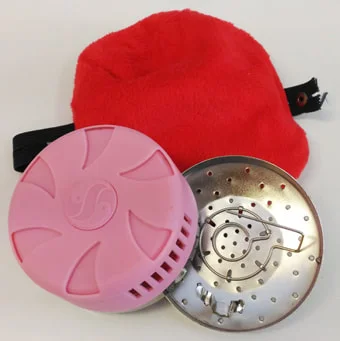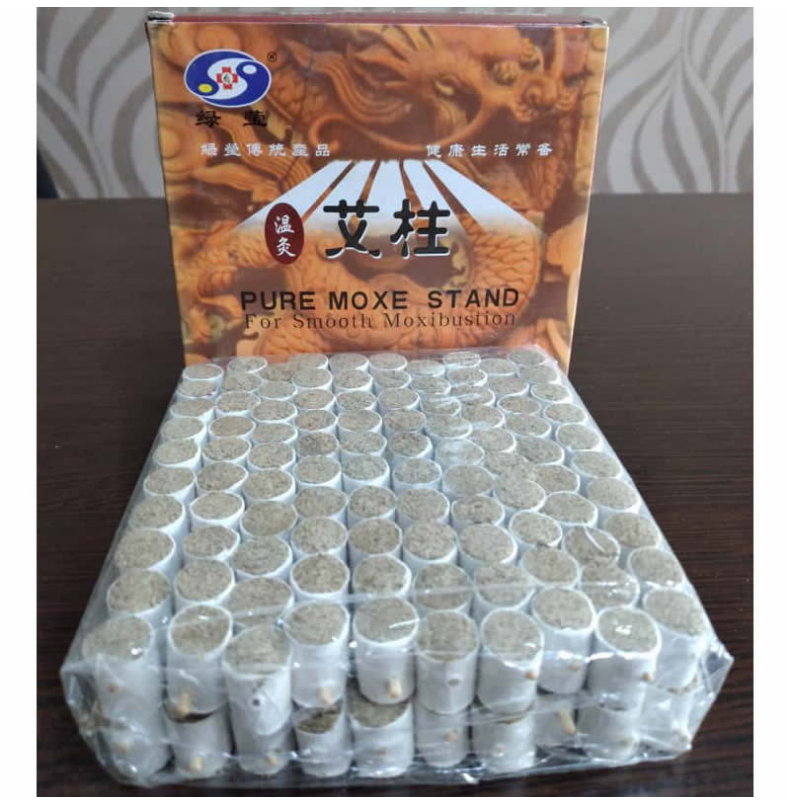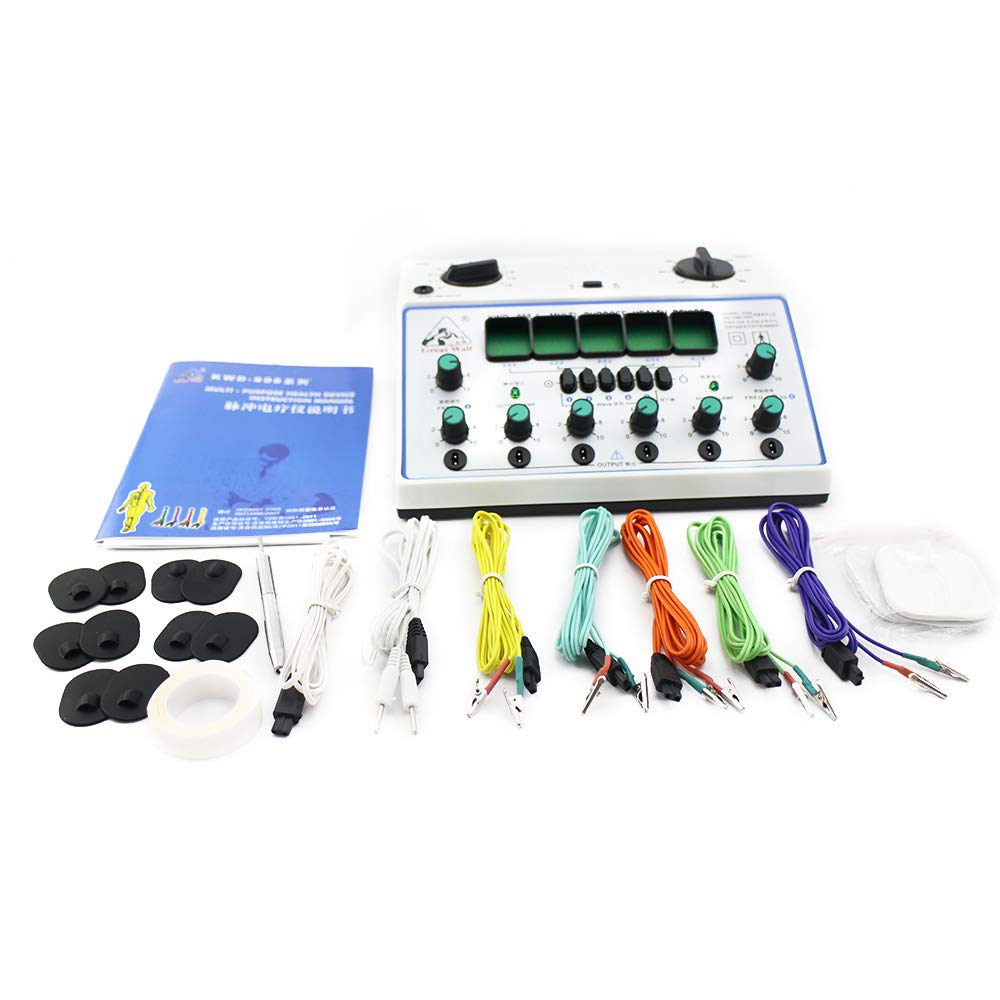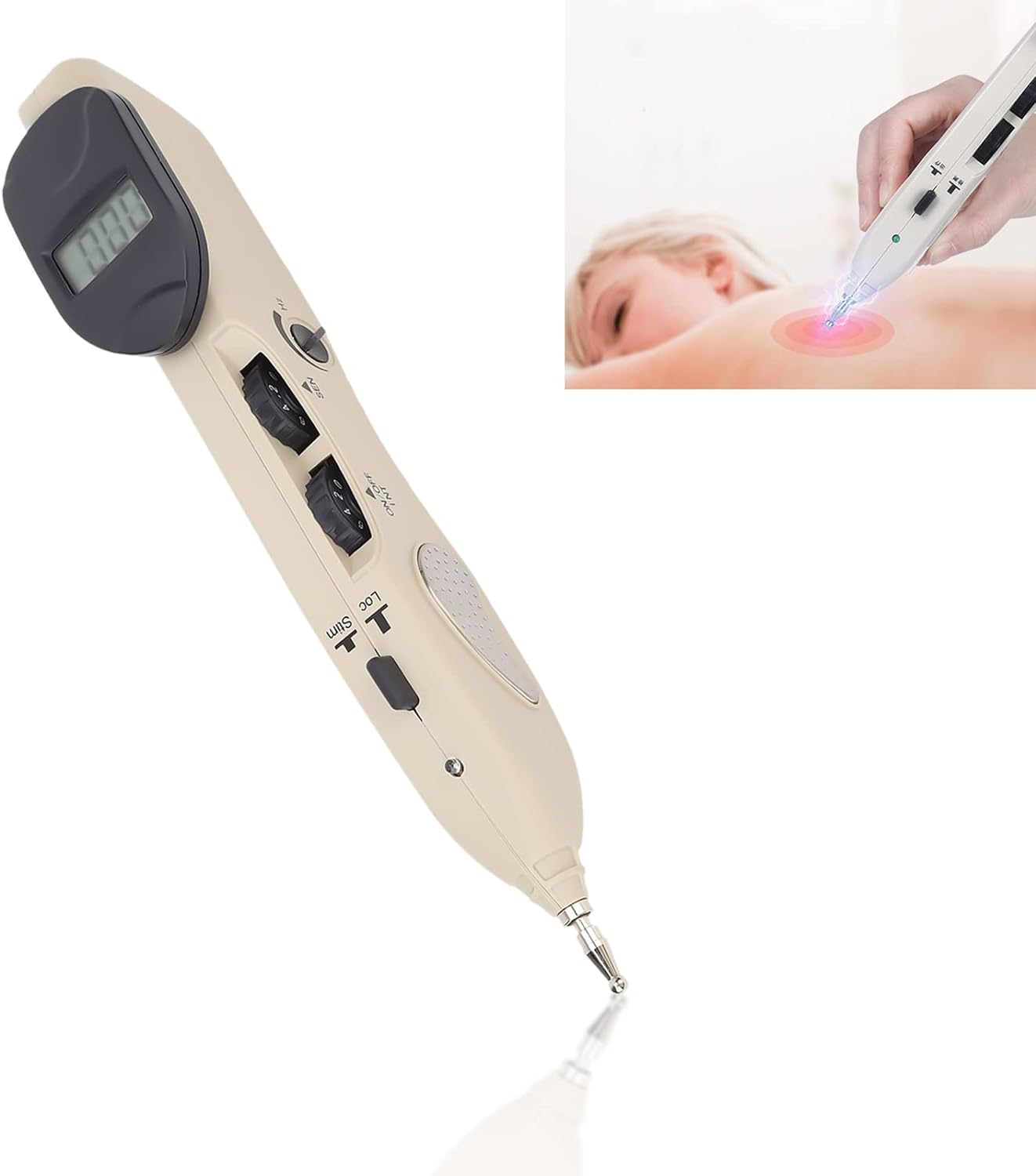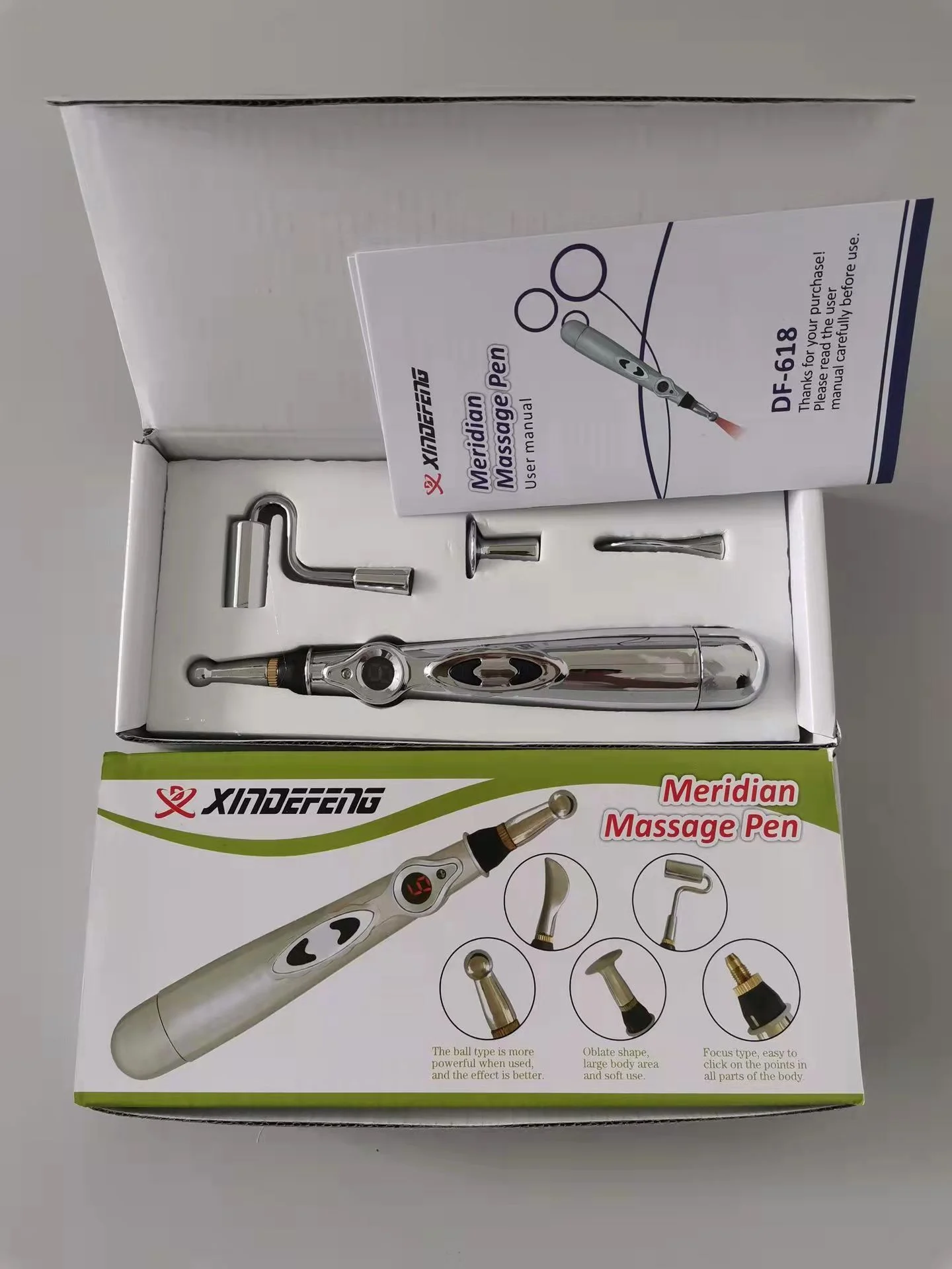Enter your text here...
Acupuncture Techniques and Therapeutics
Acupuncture is a traditional Chinese medicine technique that involves inserting thin steel needles into the skin, thus activating the muscles and sensory nerves. It is frequently used to treat pain and promote overall wellness.
There are different types of acupuncture techniques, and many don’t involve needles. Here are some common acupuncture treatments.
Syllabus
Clean Needle
NEEDLES STRUCTURE
De Qi
Gua sha
possible accidents
bleeding
Bu & xie
Precautions
cupping
DERMAL NEEDLE
Course Syllabus - ACU113/114
| Class | Date | Topic |
|---|---|---|
| 1 | 05/07/2025 | Clean Needle Technique Filiform needles Structure Needling methods Quiz for points location. |
| 2 | 05/09/2025 | Quiz 1 Points on the leg-1 MANIPULATIONS AND De Qi |
| 3 | 05/14/2025 | Quiz 2 Points on the leg-2 |
| 4 | 05/16/2025 | Quiz 3 Points on the Leg-3 Management of possible accidents/ Needling Practice |
| 5 | 05/21/2025 | Gua Sha |
| 6 | 05/23/2025 | Quiz 4 Points on the Arm-1 Precautions and Contraindications in Acupuncture Treatment |
| 7 | 05/28/2025 | Reinforcing and Reducing Methods THE THREE-EDGED NEEDLE AND BLOOD LANCETS THERAPY |
| 8 | 05/30/2025 | Cupping Therapy |
| 9 | 06/04/2025 | Quiz 5 Points on the Arm-2 |
| 10 | 06/06/2025 | Quiz 6 Points on the up Back |
| 11 | 06/11/2025 | The dermal needle (plum-blossom needle and seven-star needles) |
| 12 | 06/13/2025 | Review |
| 13 | 06/18/2025 | Midterm Practice EXAM |
| 14 | 06/20/2025 | Midterm Written EXAM |
| 15 | 07/02/2025 | Auricular Acupuncture and NADA Protocol |
| 16 | 07/04/2025 | Quiz 7 Points on the Lumber and Hip |
| 17 | 07/09/2025 | Quiz 8 Points on the Head-1 |
| 18 | 07/11/2025 | Moxibustion (Directely and indirectely, Needle warming moxibustion) |
| 19 | 07/16/2025 | Quiz 9 Points on the Head-2 |
| 20 | 07/18/2025 | Quiz 10 Points on the Neck and Shoulder |
| 21 | 07/23/2025 | Scalp Acupuncture |
| 22 | 07/25/2025 | Quiz 11 Points on the Chest |
| 23 | 07/30/2025 | Quiz 12 Points on the ABD |
| 24 | 08/01/2025 | Electro-acupuncture devices |
| 25 | 08/06/2025 | Review |
| 26 | 08/08/2025 | Final Practice EXAM |
| 27 | 08/13/2025 | Final Written EXAM |
| 28 | 08/15/2025 | Review Final |
•Infection prevention and control is an essential consideration for TCM practitioners when providing patients with safe health care services.
Pathogens Relevant to Acupuncture Practice
•Hepatitis A – contact Food or drink
•Hepatitis B -- blood and other body fluids
•Hepatitis C -- contaminated blood
•Tuberculosis-- breathing in droplets
•AIDS-- blood and other body fluids
•Influenza-- breathing in droplets
•Skin Infections-- broken skin
Hand Hygiene
•Hand washing should be done:
· before and after patient contact or acupuncture treatment;
· when hands are contaminated during the treatment;
· immediately after inadvertent exposure to blood or body fluids;
· after contact with environmental surfaces or equipment;
· after removing gloves;
Hand Washing Procedure
•Remove any hand or wrist jewelers and avoid use of artificial nails. Follow these 6 steps when hand washing.
•1. Wet your hands in warm running water.
•2. Apply sufficient liquid soap to achieve lather.
•3. Wash all surfaces of your hands including backs of hands, fingertips, between fingers, wrists, base of thumbs, and around and under fingernails. Scrubbing should last approximately 15 seconds.
•4. Rinse well and leave water running.
•5. Dry thoroughly with a disposable paper towel or electric hand dryer.
•6. Turn off the water with the towel, and not with your bare hands.
Establish a Clean Field
•Use a metal tray or clean paper towel:
• Ensure area for supplies is clean, lay out the clean field without contaminating it.
• Place only clean supplies in field, set out needles, cotton balls. lay out an appropriate number of needles for the procedure without contaminating the site or the needles. Sterile needles must not be placed on a non-sterile environment (e.g., tray, cotton).
• Touch clean supplies only with clean hands
• The waste bag and sharps container must be established in an area away from the clean field.
Safe Handling and Disposal of Sharps
•Use only sterile disposable needles
•Sharp Container must be:
• Puncture resistant
• Leak proof
• Designed to allow sharps to be easily deposited, but difficult to remove
• Designed with a secure lid and handle for carrying
• Clearly marked “Biohazard” with easily identifiable symbol
• Large enough to hold all sizes of sharps
• Disposed of in a suitable manner when 3/4 fullDe Qi (Qi sensation) AND MANIPULATIONS
Normal reaction of needles/ De Qi
De-Qi, also known as arrival of qi (acupuncture sensation)
a commonly experienced sensation of warmth, tingling or tightness, numbness, mild electrical shooting sensation that last for seconds, distension, soreness. These are all good sensations of de Qi.
It should be noted that all needles, can cause pain when a nerve ending, or blood vessel is contacted during insertion. If the patient complains of sharp pain, remove the needle slightly and or change the angle of the needle.
Manipulation to help get Qi
After the insertion of the needles, in order to promote Qi Sensation, certain manipulating techniques are used.
The basic manipulating techniques include lifting-thrusting techniques and rotating techniques.
Manipulation of the needle refers to use of various needling techniques to promote De-Qi, regulate De-Qi and perform reinforcing/tonify and reducing manipulations.
1 . Lifting and thrusting techniques
Method
The needle pushed from the shallow region to the deep region is called thrusting and from the deep region to the shallow region is called lifting.
Such a repeated manipulation of the needle is known as lifting-thrusting techniques.
2. Rotating techniques
Method
When inserted into acupoint, the needle is rotation repeatedly forward and backward in the acupoint; This technique is called rotation.
•Skin scraping therapy
•Gua – (to scrape or rub)
•Sha – (the reddish raised petechiae -subcutaneous hemorrhage- that appear under the skin after application).
Clinical Applications
• Strongly Moves Qi and Reduce Blood stasis -- Musculoskeletal pain
• Alleviates fever due to external pathogenic factors -- Acute respiratory illness (common cold, flu, bronchitis, asthma)
Contraindications
•Avoid local treatment to acute inflammatory injuries.
•Do not scrape over sun burn, rash, lesions, or previous sha that has yet to heal.
•Avoid the sacrum and abdomen of pregnant patients.
Management of Possible Accidents
Fainting:
Cause:
This is often due to nervous tension, delicate constitution, hunger, fatigue, improper position or to the too forceful manipulation.
Manifestations:
During acupuncture treatment. there may appear dizziness, vertigo, palpitation, short breath, nausea, pallor, cold sweating, weak pulse. In severe cases, there may be cold extremities, drop of blood pressure, and loss of consciousness.
Management:
When fainting aurae such as dizziness, vertigo and nausea appear, stop needling immediately and withdraw all the needles. Then help the patient to lie down and offer him some warm or sweet water. The symptoms will disappear after a short rest. In severe cases, press hard with the fingernail GV 26, PC 9, PC 6 and ST 36, or apply moxibustion to DU 20, Ren 6 and Ren4.
Generally, the patient will respond, but if not, other emergency measures should be taken.
Prevention:
Avoid needling patient when their hunger or fatigue, not to forceful manipulation the needles.
Stuck needle
Cause:
This may arise from nervousness, strong spasm of the local muscle after the insertion of the needle, twirling the needle with too large amplitude or in one direction only, causing muscle fibers to bind, or from a change of the position of the patient after the insertion of the needles.
Manifestations:
After the needle is inserted, it is found at times difficult or impossible to rotate, lift and thrust the needles.
This situation is known as stuck needle.
Management:
Ask the patient to relax.
If the needle is stuck due to excessive rotation in one direction, the condition will release when the needle is twirled in the opposite direction.
If the stuck needle is caused by the tension of the muscle temporarily, leave the needle in place for a while, and then withdraw it by rotating, or by massaging the skin near the point or by inserting another needle nearby to transfer the patient's attention.
If the stuck needle is caused by the changing of the position of the patient, the original posture should be resumed and then withdraw the needle.
Prevention:
Sensitive patients should be encouraged to release their tensions.
Avoid the muscle tendons during insertion.
Twirling with too large amplitude or in one direction only shall in no case be allowed.
In the process of manipulation, the posture of the patient should remain original.
Bent needle
Manifestations:
It is difficult to lift, thrust, rotate and withdraw the needle. At the same time, the patient feels pain.
Cause:
This may result from unskillful manipulation or too forceful manipulation, or the needle striking the hard tissue, or a sudden change of the patient's posture for different reasons, or from an improper management of the stuck needle.
Management:
When the needle is bent, lifting, thrusting, and rotating shall in no case be applied. The needle may be removed slowly and withdrawn by following the course of bend. In case the bent needle is caused by the change of the patient's posture, move him to his original position, relax the local muscle and then remove the needle. Never try to withdraw the needle with force.
Prevention:
Perfect insertion and gentle manipulation are required. The patient should have a proper and comfortable position. During the retaining period, change of the position is not allowed.
Broken needle
Cause:
This may arise from the poor quality of the needle or from too strong manipulation of the needle, from strong muscle spasm, or a sudden movement of the patient when the needle is in place, or from withdrawing a stuck needle.
Manifestations:
The needle body is broken during manipulation and the broken part is below the skin surface.
Management:
When it happens, the patient should be asked to keep calm to prevent the broken needle from going deeper into the body.
If the broken part protrudes from the skin, remove it with forceps or fingers.
If the broken part is at the same level of the skin, press the tissue around the site until the broken end is exposed, then remove it with forceps.
If it is completely under the skin, surgery should be resorted to.
Prevention:
To prevent accidents, careful inspection of the quality of the needle should be made prior to the treatment.
The needle body should not be inserted into the body completely, and a little part should be exposed outside the skin.
On needle insertion, if it is bent, the needle should be withdrawn immediately. Never try to insert a needle with too much force.
Hematoma
Cause:
This may result from injury of the blood vessels during insertion, or from absent pressing of the point after withdrawing the needle.
Manifestations:
Local swelling, distension and pain after withdrawal of the needle.
Management:
If the local swelling and pain are serious, apply local pressing, or light massage, or warming moxibustion to help disperse the hematoma.
Prevention:
Avoid injuring the blood vessels.
THE THREE-EDGED NEEDLE AND BLOOD LANCETS THERAPY
Needles:
The three-edged needle is developed from the lance needle of the Nine Needles created in the ancient times.
The needle is shaped in a round handle, a triangular head and a sharp tip.
Blood Lancets more used now.
Indications:
promote the smooth flow of qi and blood in meridians, dispel blood stasis and eliminate the heat.
It is advisable to treat blockage of the meridians, blood stasis, excess syndrome and heat syndrome, such as high fever, loss of consciousness, sore throat.
Precautions:
I) Sterilize the needles and the local area to be treated is applied to prevent infection.
2) Avoid injuring the deep large arteries.
3) Caution with hemorrhagic patients or people taking blood thinner medications.
Tonification (Bu) and Reduction (Xie) Techniques
Tonification (Reinforcing):
To strengthen immunity and invigorate weakened physiological function.
Reduction (Sedation):
To eliminate pathogenic factors and harmonize hyperactive physiological functions.
1. by lifting and thrusting
When Qi is obtained after insertion, the needle is manipulated from the shallow region to the deep region with more thrusting and less lifting as well as repeatedly heavy thrusting and gentle lifting. This is the strengthening technique, thrusting as the main technique.
2. by rotation
•Method
•Clockwise (Left rotation) of the needle, with the thumb pushing forward and the index finger backward, means strengthening
Contraclockwise (Right rotation) of the needle, with the thumb pushing backward and the index finger forward, means reducing
3. by speed
•Method
•Slow insertion and quick withdrawal means strengthening.
• While quick insertion and slow withdrawal means reducing
4. by confrontation and following
•Method
the tip of needle following the meridian route to nourish qi means strengthening.
The tip confronting the meridian route to reduce means reducing
5. according to respiration
•Method
•To insert or rotate the needle in the exhalation of the patient and to withdraw the needle in the inhalation means strengthening.
The opposite practice means. reducing
6. Nine-Six strengthening and reducing techniques
•Method
•Six means reducing
•Nine strengthening.
7. by opening and closing the needled acupoint
•Method
•After withdrawing the needle, immediately press the needled acupoint means strengthening. while to enlarge the needled acupoint by swaying means reducing.
8. Number of the meddles
•Method• Less number of needles for tonify, more number of needles for reducing.
9. Needles retention time
• Less retention time for tonify, longer retention time for reducing.
Even techniques
•Method
The needle is manipulated slowly and evenly by lifting, thrusting and rotating to strengthen the stimulation when it is inserted into a certain depth.Precautions and Contraindications in Acupuncture Treatment
1) It is advisable to apply few needles or to delay giving acupuncture treatment to the patients who are hungry, over fatigued or very weak.
2) It is contraindicated to puncture points on the lower abdomen and lumbosacral region for women pregnant less than three months. After three months pregnancy it is contraindicated to needle the points on the upper abdomen and lumbosacral region.
Points causing strong sensation such as Hegu (LI4), Quepen(ST12), Sanyinjiao (SP6), Kunlun (BL60), Jianjing (GB21), Contraindication for women pregnant.
3) Points on the vertax of infants should not be needled when the fontanel is not closed. In addition, retaining of needles is forbidden since the infants are unable to cooperate with the practitioner.
4) Needling should avoid the blood vessels to prevent bleeding.
5) Dangerous Points:
Points are located close to the eyeball. Points are located close to Vital organs. Points are deeper are close to spinal canal.
6) No needle on ST17 and Ren8
Cups:
• In ancient times, animal horns were used.
•Bamboo, glass, ceramic, iron and brass 'cups' were developed today, cups made of glass or bamboo are by far the most common.
•They are available in many sizes and selected according to the skin surface and method of treatment.
Indications:
• Expels Wind-Cold invasion
• To move Qi and Blood
Methods of Cupping:
•Fire Fixed cups: Light an alcohol (90-99%) -soaked cotton ball and wave it inside a tempered glass cup 1-3 times with forceps. Quickly place the cup on the skin.
•Moving cups: Apply oil or lubricant, then place cups on the skin. Moving the cups along a channel strongly moves Qi and Blood.
Precautions:
• Avoid skin lesions, severe edema, and painful inflammation
• Avoid the sacrum and abdomen of pregnant patients
• Cupping should not be administered to patients experiencing high fever, convulsions.
• Cupping is contraindicated for patients with bleeding conditions (blood thinners, low platelets, hemophiliacs)Attention:
•Cupping may cause mild bruising, redness and some local tenderness for several days. Patients must agree, prior to cupping, to the likelihood of skin marks.
•Blisters may appear if the suction was too strong or left on too long. Normally cup keep 10 to 20 minutes in same location. While not dangerous, they may be uncomfortable or itchy.
•Cups should be washed in warm soapy water after treatment. If the cups come in contact with blood or body fluids, be sure to soak the cups in bleach over night, and then bake in a hot oven for an hour before using on another patient.
The dermal needle is also known as the plum-blossom needle and seven-star needle, which is made of five to seven stainless steel needles inlaid onto the end of a handle.
It is used to prick the skin superficially by tapping to promote the smooth flow of qi in the meridians and regulate the functions of the zang-fu organs.
Indications:
This superficial tapping is particularly suitable to treat disorders of the nervous system and skin disease.
It is used for headache, dizziness and vertigo, insomnia, gastrointestinal disease, skin disease, painful joints and paralysis.
Precautions:
1) The tips of the needles should be even and free from any hooks. On tapping, the tips of the needles should strike the skin at a right angle to the surface to reduce pain.
2) Sterilize the needles and the local area to be treated. After heavy tapping, the local skin surface should be cleaned and sterilized to prevent infection.
3) Tapping is not allowed to apply to the local trauma and ulcers.
Points
POINTS ON LEG
POINTS ON ARM
POINTS ON THE UP BACK
Points | Needling | |
|---|---|---|
1 | XUE HAI SP-10 | Perpendicular insertion 1 to 1.5 cun |
2 | QU QUAN LIV-8 | Perpendicular insertion 1 to 1.5 cun. |
3 | DU BI ST-35 | Perpendicular directed towards Weizhong BL-40, 0.5-1 cun |
4 | ZU SAN LI ST-36 | Perpendicular insertion 1 to 1.5 cun. |
5 | LAN WEIXUE | Perpendicular insertion 1 to 1.5 cun |
6 | YlN LING QUAN SP-9 | Perpendicular insertion, 1 to 1.5 cun |
7 | DI JI SP-8 | Perpendicular insertion, 1 to 1.5 cun |
8 | YANG LING QUAN GB-34 | Perpendicular insertion 1 to 1.5 cun |
9 | DAN NANG XUE | Perpendicular insertion 1 to 1.5 cun |
10 | TIAO KOU ST-38 | Perpendicular insertion 1 to 1.5 cun |
11 | WEI ZHONG BL-40 | Perpendicular insertion 1 to 1.5 cun |
12 | YIN GU KID-10 | Perpendicular insertion 1 to 1.5 cun |
13 | CHENG SHAN BL-57 | Perpendicular insertion 1 to 1.5 cun |
14 | FEI YANG BL-58 | Perpendicular insertion 1 to 1.5 cun |
15 | FENG LONG ST-40 | Perpendicular insertion 1 to 1.5 cun |
16 | LI GOU LIV-5 | Perpendicular insertion 0.5 to 1 cun. |
17 | GUANG MING GB-37 | Perpendicular insertion 1 to 1.5 cun |
18 | XUAN ZHONG GB-39 | Perpendicular insertion 1 to 1.5 cun |
19 | SAN YIN JIAO SP-6 | Perpendicular insertion 1 to 1.5 cun |
20 | FU LIU KID-7 | Perpendicular insertion 0.5 to 1 cun. |
21 | KUN LUN BL-60 | Perpendicular insertion 0.5 to 1 cun |
22 | TAI XI KID-3 | Perpendicular insertion 0.5 to 1 cun |
23 | ZHAO HAI KID-6 | Oblique insertion 0.3 to 0.5 cun |
24 | GONG SUN SP-4 | Perpendicular insertion 0.5 to 1 cun |
25 | TAI CHONG LIV-3 | Perpendicular insertion 0.5 to 1 cun |
26 | XING JIAN LIV-2 | Perpendicular insertion 0.5 cun to 0.8 cun. |
27 | NEI TIlNG ST-44 | Perpendicular insertion 0.5 cun |
28 | ZU LIN QI GB-41 | Perpendicular insertion 0.5 to 1 cun |
29 | SHEN MAI BL-62 | Oblique 0.3 to 0.5 cun |
30 | JIN MEN BL-63 | Perpendicular insertion 0.3 to 0.5 cun |
Points | Needling | |
|---|---|---|
1 | BI NAO LI-14 | Oblique 0.8 to 1.5 Perpendicular 0.5 to 1 cun |
2 | CHI ZE LU-5 | Perpendicular 0.5 to 1 cun. |
3 | QU CHI LI-11 | Perpendicular 1-1.5 cun |
4 | KONG ZUI LU-6 | Perpendicular 0.5 to 1 cun. |
5 | PIAN LI LI-6 | Perpendicular 0.5 to 0.8 cun |
6 | NEI GUAN PC-6 | Perpendicular 0.5 to 1 cun |
7 | WAIGUAN SJ-5 | Perpendicular 0.5 to 1 cun |
8 | LIE QUE LU-7 | Transversely 0.5 to 1 cun |
9 | TONG LI HE-5 | Perpendicular 0.3 to 0.5 cun |
10 | YIN XI HE-6 | Perpendicular 0.3 to 0.5 cun |
11 | SHENMEN HE-7 | Perpendicular 0.3 to 0.5 cun |
12 | TAIYUAN LU-9 | Perpendicular 0.3 to 0.5 cun |
13 | YANG LAO SI-6 | Oblique 0.5 to 1 cun |
14 | YANGXI LI-5 | Perpendicular 0.5 to 1 cun |
15 | HE GU LI-4 | Perpendicular 0.5 to 1 cun |
16 | YAOTONCXUE | Perpendicular 0.5 to 1 cun. |
17 | ZHONGZHU SJ-3 | Perpendicular 0.5 to 1 cun |
18 | YU Jl LU-10 | Perpendicular 0.5 to 1 cun |
19 | HOU XI SI-3 | Perpendicular 0.5 to 2 cun |
20 | LAO GONG PC-8 | Perpendicular 0.5 cun. |
Points | Needling | |
|---|---|---|
1 | DA ZHUI DU-14 | Perpendicular-oblique superior 0.5 to 1 cun |
2 | DING CHUAN | Perpendicular-oblique towards the spine, 0.5 to 1 cun |
3 | FEI SHU BL-13 | Oblique towards the spine, 0.5 to 1 cun |
4 | GAO HUANG SHU BL-43 | Oblique 0.3 to 0.5 cun. |
5 | XIN SHU BL-15 | Oblique towards the spine, 0.5 to 1 cun |
6 | GE SHU BL-17 | Oblique towards the spine, 0.5 to 1 cun |
7 | ZHI YANG DU-9 | Oblique superior 0.5 to 1 cun |
8 | GAN SHU BL-18 | Oblique towards the spine, 0.5 to 1 cun |
9 | HUN MEN BL-47 | Oblique insertion 0.3 to 0.5 cun |
10 | PI SHU BL-20 | Oblique towards the spine, 0.5 to 1 cun |
Technique
AURICULAR ACUPUNCTURE
Scalp acupuncture
Moxibustion
E - Stim
• As far back as many thousands of years ago, there is mention of auricular acupuncture points Huang Di Nei Jing.
•Historically, only a few points were recorded in the Chinese classical text, whereas today almost any condition can be treated solely using auricular techniques.
Shen Men
The Ear Shen men is located in the triangular fossa of the auricle, inferior to the superior crus.
•Function:
•The purpose of Shen Men is to tranquilize the mind and to allow a harmonious connection to essential spirit.
•This master point alleviates stress, pain, tension, anxiety, depression, insomnia, restlessness, and excessive sensitivity. Utilized in almost all treatment plans.
Point Zero (Ear Center, Umbilical Cord )
Point Zero is the auricular point located at the center of the ear. This point lies directly on the helix root. Near the base of the helix root.
•Function:
•This point is the geometrical and physiological center of the whole auricle. It brings the whole body towards homeostasis, producing a balance of energy, hormones and brain activity.
• Sympathetic:
It is located on the inner part of the helix, meet with inferior crus.
•Function:
•This point balances sympathetic nervous system.
It improves blood circulation by corrects irregular or rapid heartbeats, reduces angina pain, reduces visceral pain from internal organs, and calms smooth muscle spasms.
•It is also used for the treatment of kidney stones, gall stones, gastric ulcers, asthma and dysfunctions of the autonomic nervous system.
Kidney point: on the lower border of the inferior antihelix crus, in the ear’s center.
Liver Point: Found along the inside ridge of antihelix, near the ending part of crus helix.
Heart Point: on the center of Cavum Concha.
Lung Point: Tow points Located on Cavum Concha, one above and one below the heart points.
NADA Protocol
•Reduced cravings for alcohol and drugs, including nicotine
•Minimized withdrawal symptoms
•Increased calmness, better sleep, and less agitation
•Relief from stress and emotional trauma
The scalp acupuncture have been in use for the last 30 years.
Using modern brain mapping, reflex zones on the scalp influence motor, sensory, and functional regions of the brain.
In this way, specific areas of the body can be targeted, and CNS pathologies can be treated (occasionally with mild electrical currents)
Indications:
Disorders of the central nervous system
Stroke or brain damage
Acute and chronic pain
Motor and/or sensory nerve deficiency (paralysis, numbness)
Psychosomatic disorders (dementia, developmental disorders)
Vestibular disorders (poor balance, vertigo)
Cautions:
Use gentle stimulus with e-stim
Do not use on patients with very high blood-pressure (220/120),
local infection,
on infants whose fontanels have not yet closed.
May induce miscarriage
Standard Scalp Lines:
The Scientific Group considered the scalp acupuncture lines as well as the underlying functional zones of the brain.
It proposed the following nomenclature, using the alphabetic code MS (derived from “micro-system” and “scalp point”).
MS1 to MS14
Name | Location | Indications |
MS1 Middle Line of Forehead | 1 cun line downward from Du 24 | Unconsciousness, diseases of the head, nose tongue, and throat |
MS2 Lateral Line 1 of Forehead | 1 cun line downward from BL 3 | Diseases of the pulmonary bronchi and heart |
MS3 Lateral Line 2 of Forehead | 1 cun line downward from GB 15 | Diseases of the Spleen, Stomach, Liver, and Gallbladder |
MS4 Lateral Line 3 of Forehead | 1 cun line downward from the point 0.75 cun medial to ST 8 | Diseases of the Kidney and genito- urinary system |
MS5 Middle Line of Vertex | On the vertex, the line jointing Du 20 and 21 | Diseases of the lumbar and foot (such as paralysis, numbness) |
✫MS6 Anterior Oblique Line of Vertex-Temporal | On the vertex and temporal region, the line from Qiang (front) Shen Cong to GB 6, divided into 5 equal parts | Upper 1/5: functional-motor disorders of the lower limbs Middle 2/5: motion d/o of the upper limbs Lower 2/5: motion d/o of the face |
✫MS7 Posterior Oblique Line of Vertex-Temporal | The line from Du 20 to GB 7, divided into 5 equal parts | Upper 1/5: paresthesia of lower limbs Middle 2/5: paresthesia of upper limbs Lower 2/5: paresthesia of face and head |
MS8 Lateral Line of Vertex 1 | 1.5 cun lateral to the Du channel, 1.5 cun line backward from BL7, connecting the motor and sensory lines | Motor-sensory of the lower limbs Paralysis, numbness, and pain of the lower leg and loin |
MS9 Lateral Line of Vertex 2 | 2.25 cun lateral to the Du channel, 1.5 cun line backward from GB 17-18 | Motor-sensory of the upper limbs Paralysis, numbness, and pain of the shoulder, arm and hand |
MS10 Anterior Temporal Line | The line connecting GB 4-6 | Temporal nerve: migraine, peripheral facial paralysis |
MS11 Posterior Temporal Line | The line connecting GB 7-8 | Temporal nerve: migraine, peripheral facial paralysis |
MS12 Upper Middle Line of Occiput | The line connecting Du 18-17 | Eye disease, lumbago |
MS13 Upper Lateral Line of Occiput | The line 0.5 cun lateral to Du 18-17 | Cortical nerve: visual disturbances, cataracts, near-sightedness |
MS14 Lower Lateral Line of Occiput | 2 cun line downward from UB 9 | Balance disturbance due to cerebrum injury, nape pain, and occipital headache |
Moxibustion (“Moxa”) has been an integral part of Traditional Chinese Medicine. The Chinese word for acupuncture (“zhen jiu”) contains both the word for needle (zhen) and moxibustion (jiu).
Indication:
Disperses Cold, tonifies Yang Qi, and alleviates pain
Stimulates blood circulation (especially stubborn stasis that acupuncture alone cannot resolve)
Direct Methods
Cone or rice grain-size moxa is placed over the area, and then lit with incense. The loose moxa cone is taken off before the embers touch the skin (non-scarring) or left to burn to the skin (scarring moxa), which is thought to stimulate the release of immunological mediators resulting in a prolonged healing reaction.
Direct methods strongly penetrate the skin, used for deeper pathologies, such as abdominal, visceral, or joint problems.
Indirect Methods
Moxibustion is commonly applied indirectly, without contacting the skin.
Stick moxa supplies infrared heat to the skin around acupuncture points.
Moxa Box, Raised over the skin, and with a built-in heat filter, the Moxa Box provides prolonged gentle heat to a broad area.
Barriers of salt, garlic, ginger, or other herb that absorbs some of the heat and transports some healing substances from the herbs.
Needle Moxa (Warming Needles) is put moxa bar on the tail of the needles, the moxa is then ignited from the side closest to the skin.
Ginger | Abdominal pain, diarrhea.Deficient Cold conditions in general. |
Garlic | Pulmonary tuberculosis, abdominal masses, and non-ulcerated carbuncles. |
Salt | Acute abdominal pain. Restore to yang from collapse. |
Monkshood (Fu Zi) cake | Treat deficient, and persistent Cold syndromes |
Guidelines for Treatment
Moxa is best used for treating chronic or cold conditions and is preferred over acupuncture for severely deficient patients.
In general, stick moxa is performed for 10-15 minutes (though hour-long treatments are possible), or 3-7 cones of direct moxa is applied at each point during an acupuncture treatment.
Frequently Used Channels & Points:
• The Ren, Du, and UB channels are most frequently used.
• Other common points used with moxibustion include: St 36, and Sp 6
Cautions:
• Do not use on patients with pacemakers
• Do not cross directly over the heart or spine (i.e., Ren17-Sp21, or from left UB23 to right UB23)
• Avoid the neck region
• Do not use over known malignancy or tumours
• May induce labour during pregnancy
Attention:
Ensure the machine is turned off prior to attaching the clips to the needles to avoid an inadvertent electric shock.
Gradually increase the intensity until either heaviness, numbness, or radiating symptoms are reported by the patient or slight muscle twitches can be seen at the surface.
The standard length of stimulation with electric current is between 10-30 minutes.
Points
ON Lumbar
ON Head
ON Shoulder
POINTS ON CHEST
POINTS ON ABD
Points | Needling | |
|---|---|---|
1 | MING MEN DU-4 | Perpendicular 0.5 to 1 cun |
2 | SHEN SHU BL-23 | perpendicular-oblique towards the spine, 1 to 1.5 cun |
3 | ZHl SHl BL-52 | Oblique insertion 0.5 to 1 cun |
4 | YAO YANG GUAN DU-3 | Perpendicular 0.5 to 1 cun. |
5 | DA CHANG SHU BL-25 | Perpendicular 0.5 to 1.5 cun |
6 | YAO YAN | Perpendicular 0.5 to 1.5 cun |
7 | CI LIAO BL-32 | Perpendicular 0.5 to 1 cun |
8 | PANG GUANG SHU BL-28 | Perpendicular 0.5 to 1 cun |
9 | HUAN TIAO GB-30 | Perpendicular 2 to 3.5 cun |
10 | HUA TUO JIA JI | Perpendicular-oblique towards the spine, 0.5 to 1 cun |
Points | Needling | |
|---|---|---|
1 | BAI HUI DU-20 | Transverse 0.5 to 1cun |
2 | SHEN TING DU-24 | Transverse 0.5 to 1cun |
3 | QU CHAI BL-4 | Transverse 0.5 to 1cun |
4 | TOU WEI ST-8 | Transverse 0.5 to 1cun |
5 | YIN TANG | Transverse 0.3 to 0.5cun |
6 | TAI YANG | Perpendicular 0.5 to 0.8 cun |
7 | YANG BAI GB-14 | Transverse inferior 0.5 to 0.8 cun |
8 | YU YAO | Transverse medially or laterally, 0.5 to 1cun |
9 | TONG ZI LIAO GB-1 | Transverse 0.2 to 0.3 cun |
10 | XIA GUAN ST-7 | Perpendicular 0.5 to 1cun |
11 | SHANG GUAN GB-3 | Perpendicular 0.3 to 0.5 cun |
12 | YING XIANG LI-20 | Transverse medio-superiorly 0.3 to 0.5 cun |
13 | BI TONG | Transverse towards the bridge of the nose 0.3 to 0.5 cun |
14 | JIA CHE ST-6 | Perpendicular insertion 0.5 cun |
15 | ER MEN SJ-21 | Inferior oblique 0.5 to 1cun |
16 | TING GONG SI-19 | Perpendicular 0.5 to 1cun |
17 | TING HUI GB-2 | Perpendicular 0.5 to 1cun |
18 | JIAOSUN SJ-20 | Transverse 0.5 to 1cun |
19 | QUBIN GB-7 | Transverse 0.5 to 1cun |
20 | SHUAIGU GB-8 | Transverse 0.5 to 1cun |
Points | Needling | |
|---|---|---|
1 | JIAN QIAN | Perpendicular 1 to 1.5 cun |
2 | JIANYU LI-15 | Arm abducted, perpendicular 1 to 1.5 cun |
3 | JIAN LIAO SJ-14 | Arm abducted, perpendicular 1 to 1.5 cun |
4 | JIAN JING GB-21 | Oblique insertion, 0.5-1 cun. |
5 | TIAN ZONG SI-11 | Perpendicular 0.5 to 1.5 cun. |
6 | WANGU GB-12 | Oblique inferior insertion 0.5-1 cun |
7 | FENG CHI GB-20 | Oblique inferior 1 to 1.5 cun |
8 | TIAN ZHU BL-10 | Perpendicular 0.5 to 0.8 cun. |
9 | YI FENG SJ-17 | Perpendicular to opposite ear, 0.5 to 1 cun. |
10 | AN MIAN | Perpendicular insertion 0.5 to 1 cun |
Points | Needling | |
|---|---|---|
1 | ZHONG FU LU-1 | Transverse-oblique insertion 0.5 to 1 cun to medially along the intercostal space. |
2 | SHU FU KID-27 | Transverse-oblique, laterally along the clavicle 0.5 to 1 cun. |
3 | QIHU ST-13 | Transverse-oblique along the intercostal space medial or lateral insertion .0.5 to 0.8 cun. |
4 | QIMEN LIV-14 | Transverse-oblique along the intercostal space medial or lateral insertion .0.5 to 1 cun. |
5 | RI YUE GB-24 | Transverse-oblique along the intercostal space medial or lateral insertion .0.5 to 1 cun. |
6 | ZHANG MEN LlV-13 | Transverse-oblique medially (along the line of the rib) 0.5 to 1 cun |
7 | JING MEN GB-25 | Transverse-oblique medially (along the line of the rib) 0.5 to 1 cun |
8 | SHAN ZHONG REN-17 | Transverse 0.5 to 1 cun |
9 | JIU WEI REN-15 | Oblique insertion inferiorly 0.5 to 1 cun. |
10 | JU QUE REN-14 | Oblique insertion inferiorly 0.5 to 1 cun. |
Points | Needling | |
|---|---|---|
1 | ZHONG WAN REN-12 | Perpendicular 0.8 to 1.5 cun |
2 | HUANG SHU KID-16 | Perpendicular1 to 1.5 cun |
3 | TIAN SHU ST-25 | Perpendicular1 to 1.5 cun |
4 | DA HENG SP-15 | Perpendicular0.5 to 1 cun |
5 | DAI MAI GB-26 | Perpendicular0.5 to 1 cun |
6 | TITUO | Perpendicular 0.8 to 1.2 cun |
7 | GUAN YUAN REN-4 | Perpendicular0.5 to 1 cun |
8 | QlHAl REN-6 | Perpendicular0.8 to 1.5 cun |
9 | GUI LAI ST-29 | Perpendicular1 to 1.5 cun |
10 | ZIGONG | . Perpendicular 0.8 to 1.2 cun |


